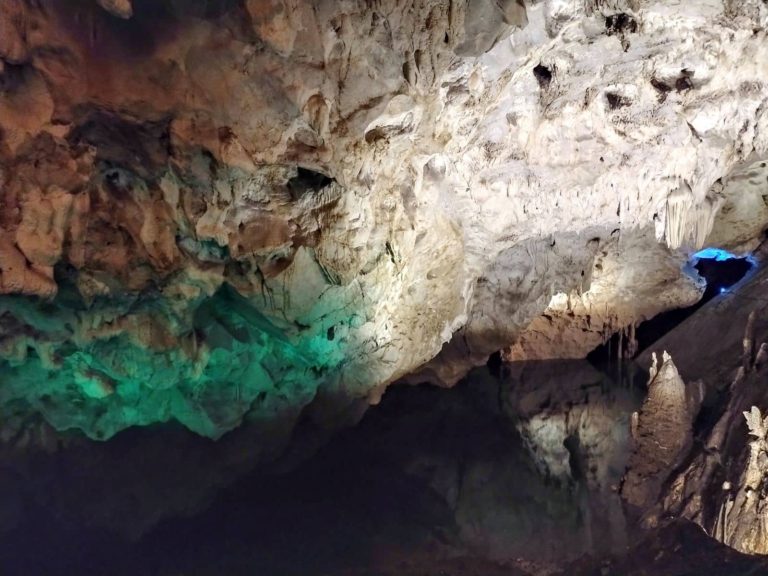The Budva Old Town is a spectacularly beautiful fortified area on the coast of Montenegro. Its slender streets and restored buildings highlight the Venetian influence of the region.
The heart of a bustling resort town, the Budva’s old town is a fusion of modern European charisma and old-world charm. The distinctive Mediterranean architecture and maze of cobblestone streets make it one of the most alluring areas in Montenegro.
With an intriguing past and stunning sights, it will have you walking around in awe for hours. The walled-off peninsula that makes up the Stari Grad (old town) is the perfect place to add to a tour of the Balkans.
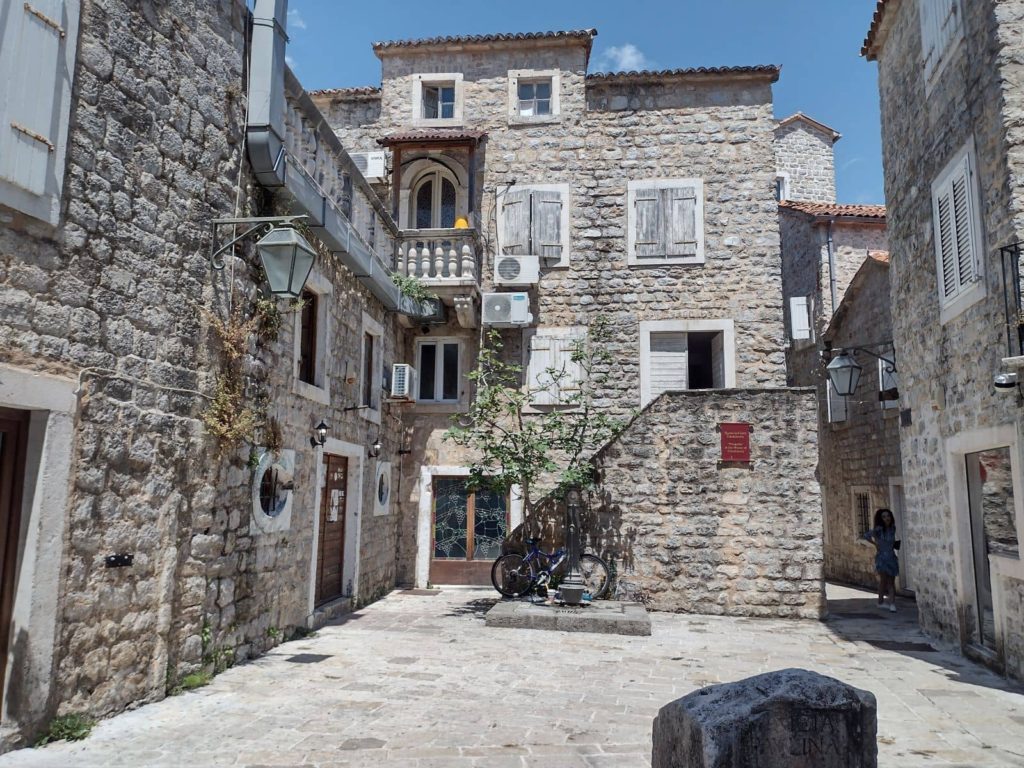
THE HISTORICAL SIGNIFICANCE OF THE BUDVA OLD TOWN
Budva goes all the way back to ancient times. There are historical references that place its birth somewhere in the 5th century BC, making it one of the oldest settlements on the Adriatic Sea.
Like most of the region, the old town went through the typical Greek colonization followed by an absorption into the Roman Empire. Later on it became a part of the Byzantine Empire and had its fair share of occupants soon after. The Slavs, Avars and Saracens all played a part in Budva’s story during these turbulent days.
However, it wasn’t until the Venetians came in the Late Middle Ages that it developed the picturesque present-day look. Similar to Kotor, the Budva Old Town has the iconic fortified walls the Venetian Empire is famous for.
Don’t expect a neighborhood falling apart from years of use though. It’s been hit by devastating earthquakes multiple times (most recently in 1979), so the majority of the buildings are restored.
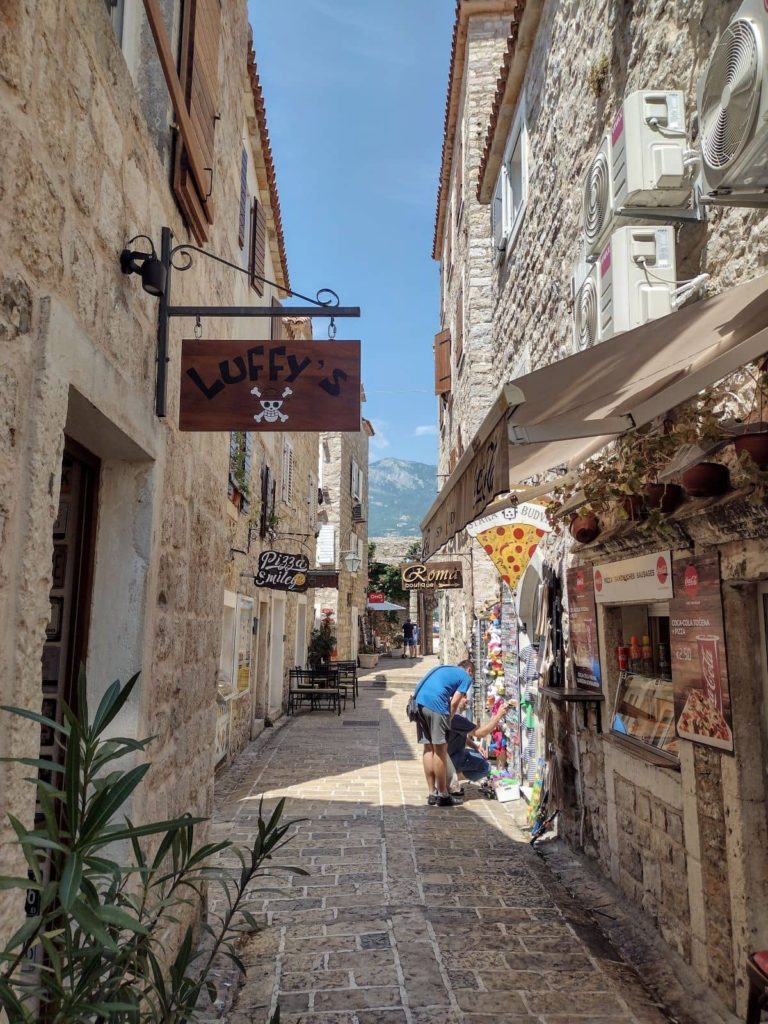
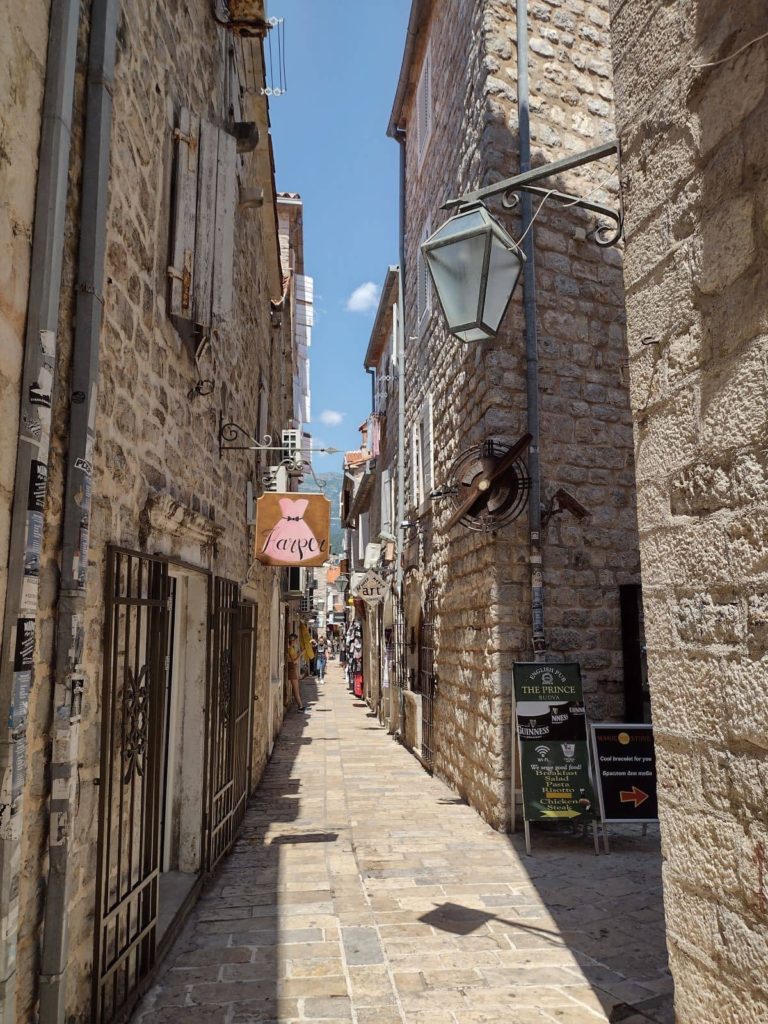
WALKING THROUGH THE NARROW STREETS
The first thing you’ll notice upon entering the massive walled town is its long narrow alleyways. Lined with colorful doors, they add a magical, fantasy movie contrast to Budva’s beach town vibes.
Watch out though, getting lost in the seemingly endless labyrinth of streets is easy. However, if you’re into wandering around to find new places this will be right up your alley (pun intended)!
There’s all kinds of souvenir shops, cafes, and clothes stands waiting to be discovered. In the summer, you’ll duck under the shaded overhangs and into cooled interiors for some much needed relief from the sun.
Keep an eye out for special events in the neighborhood too, unique festivals and artist exhibitions are constantly being held within the walls. You’re also bound to run into, or at least hear, local musicians filling the air with cheerful melodies.
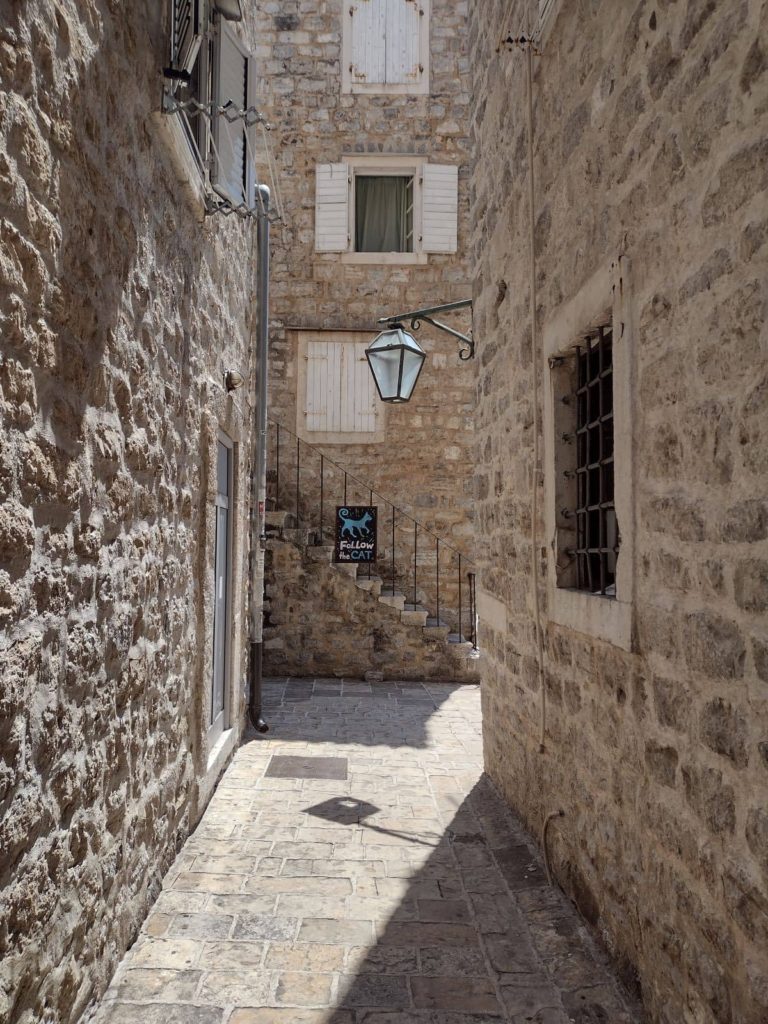

WHAT THE OLD TOWN HAS TO OFFER
Besides the modern day attractions the Budva Old Town is now known for, there are notable landmarks to explore.
The most popular of those is the Citadel. Once a fortress to hide people from attacks, it now houses a museum and a small historical library. You’ll find incredible views of the coastline and the Adriatic Sea from here.
In the immediate area there are a few popular churches to visit. Most notably the Saint Ivan Church and its striking bell tower, the Byzantine style Holy Trinity Church, and the Church of St. Sabba the Sanctified.
I should mention the surroundings of the old town as well. Just outside the main gates you’ll find patios for some of the interior restaurants, lining the walls. Along parts of the peninsula you can sunbathe and swim in the bay at numerous beaches. The two closest, which are directly outside of the old town are Pizana Beach and Plaza Ricardova Glava.
If you want to see one of Europe’s more underrated places, the Budva Old Town is worth a visit. Stroll through the magnificent streets, check out the historic buildings, and see the far reaching influence of the Venetian Empire!







